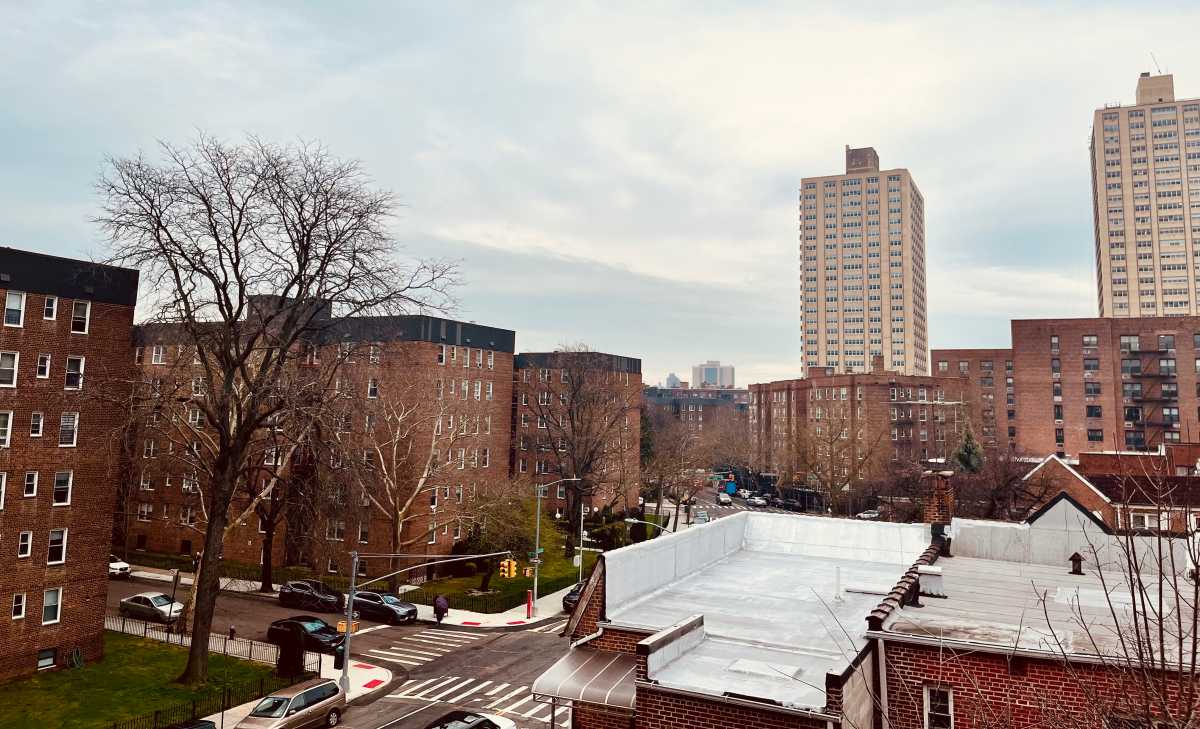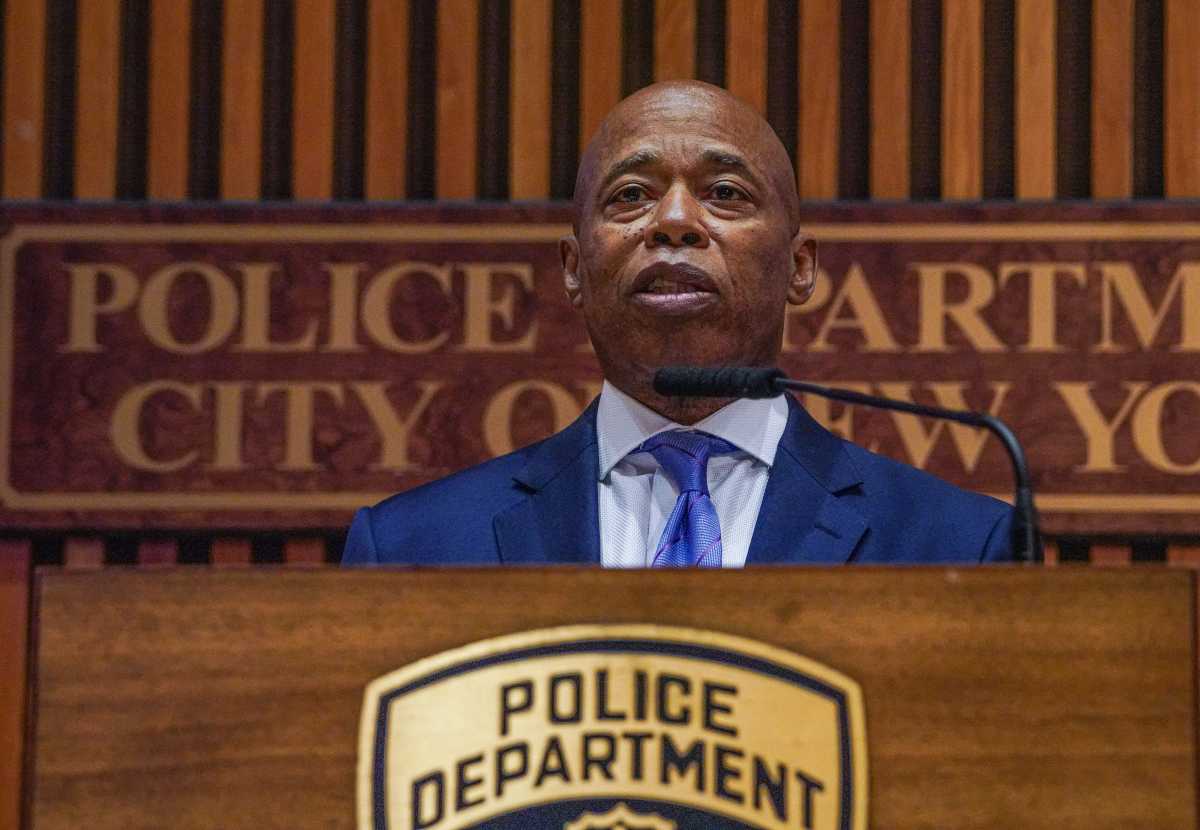We have all seen it – apartments with windows open in the middle of winter because they are overheated by radiators. Sometimes, we can see steam and black smoke coming out of the exhaust pipes because the building is burning dirty oil. Those same windows are blocked by air
conditioners in the summer, running full blast to keep apartments cool, drawing so much power that some parts of the city have brownouts. We have to face the reality – buildings in our city are old and energy inefficient. They are the city’s top source of climate pollution, accounting for 70% of all climate emissions, and they need to be cleaned up.
On Jan. 1, 2024, Local Law 97, New York City’s “Green New Deal” for buildings officially went into effect five years after it was passed. It is nicknamed the “Green New Deal” for buildings because if it is fully implemented and enforced, the law will create thousands of jobs across the city while reducing climate pollution from the city’s dirtiest sector – buildings. Local Law 97 aims to gradually reduce climate pollution from large buildings over 25,000 square feet through 2050. It sets a new, lower benchmark for emissions every five years until every building reaches net zero. Buildings can achieve these benchmarks in many ways and will be fined if they do not.
The good news is that Local Law 97 is working. Across Queens, buildings are taking the necessary steps to meet the requirements of the law. Co-ops and condos are weatherizing their buildings, retrofitting their lights, upgrading their windows and switching to heat pumps so they
can heat and cool their buildings more efficiently. Local Law 97 lets buildings start with the easy upgrades first, so they can plan for bigger upgrades later. Since the law was passed five years ago, 89% of buildings have done the work to hit their first benchmark. The City even created the NYC Accelerator Program, a free service that building owners can access to get advice and find financial resources to help them along the way. They have already helped thousands of buildings understand the law and start the planning process. The Building and Energy
Exchange has a handy calculator tool that lets you look up your building and learn when the building emissions from your building need to be lowered. It is a great tool to help buildings plan for pollution reductions and energy efficiency upgrades to avoid penalties.
The oil and gas that now burns in our boilers and at power plants to provide heat and electricity pollute our air and worsen climate change. We have seen the kind of future this old path leads us to – more summers with red skies and air they cannot breathe, flooded streets and beaches, snowless winters in New York. We envision a brighter future for New York that runs on 21st century technology. More renewable energy projects are coming online. The coast off New York is the home to the South Fork Wind Farm, the country’s first large offshore wind farm, which will bring more clean energy to our city’s electrical grid. Buildings are adding solar to their rooftops to offset electricity use from the fossil-fueled grid. In the meantime, co-ops and condos should get ready. Buildings can start with the easy upgrades first like weatherization, so buildings become more efficient. They can make plans to one day heat their buildings with electric power and heat pumps and get rid of those noisy radiators. They can help create thousands of jobs in the process. The future for New York is brighter, cleaner and healthier with Local Law 97.

Mark Laster is Co-Chair of the Forest Hills Green Team and Denise Patel is a climate campaigns consultant for New York Communities for Change. These groups with the Queens Climate Project, Food and Water Watch and NYPIRG will host two forums in Queens, “What it does, Why we need it and How it works” on Apr. 11 at 7 p.m. in Forest Hills and on Apr. 18 at 7 p.m. in Jackson Heights. Former Council Member Costa Constantinides will moderate a panel of co-op board members, contractors and others, who will explain how the law’s standards are affordable and achievable and why they are necessary to prevent catastrophic climate change.



































